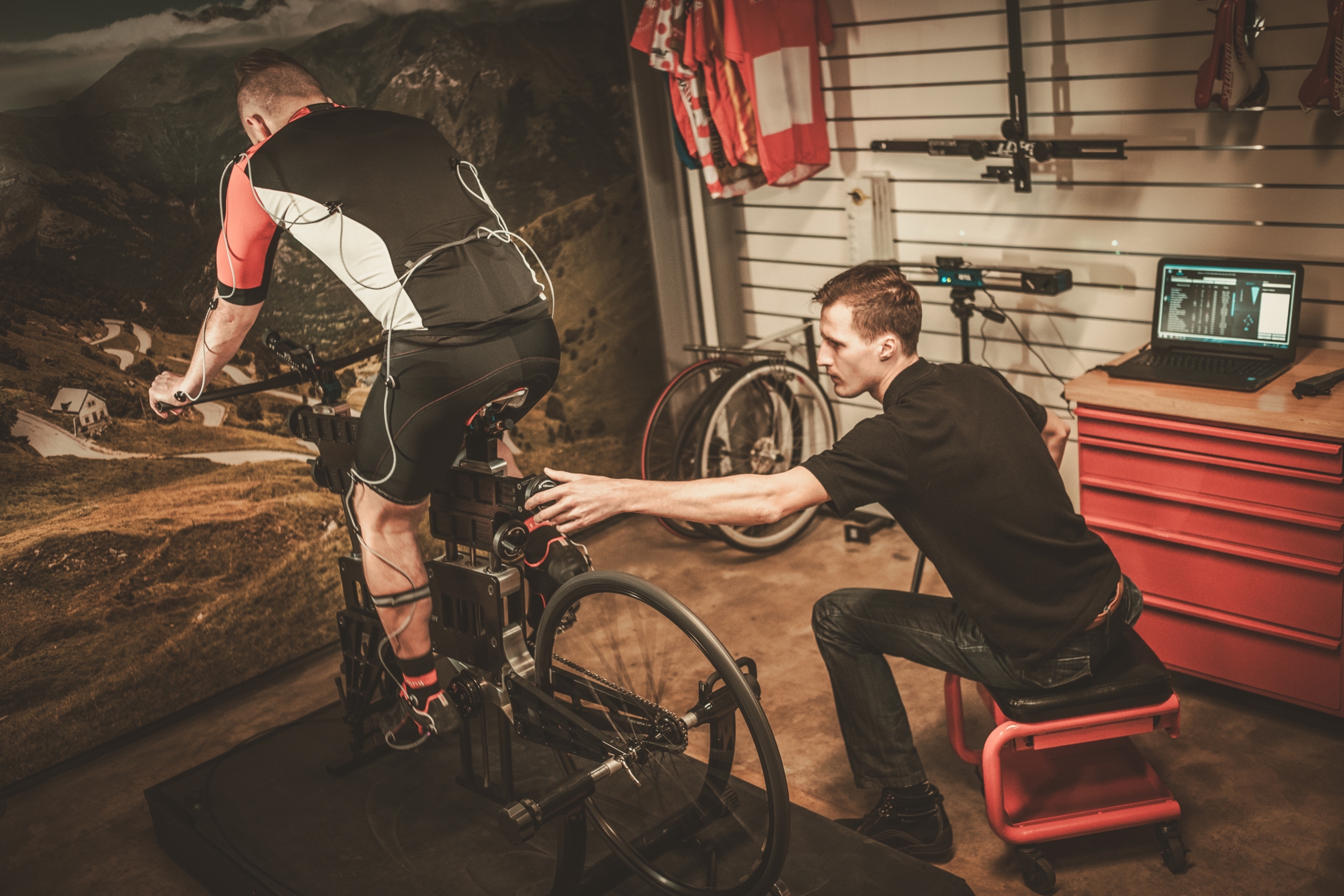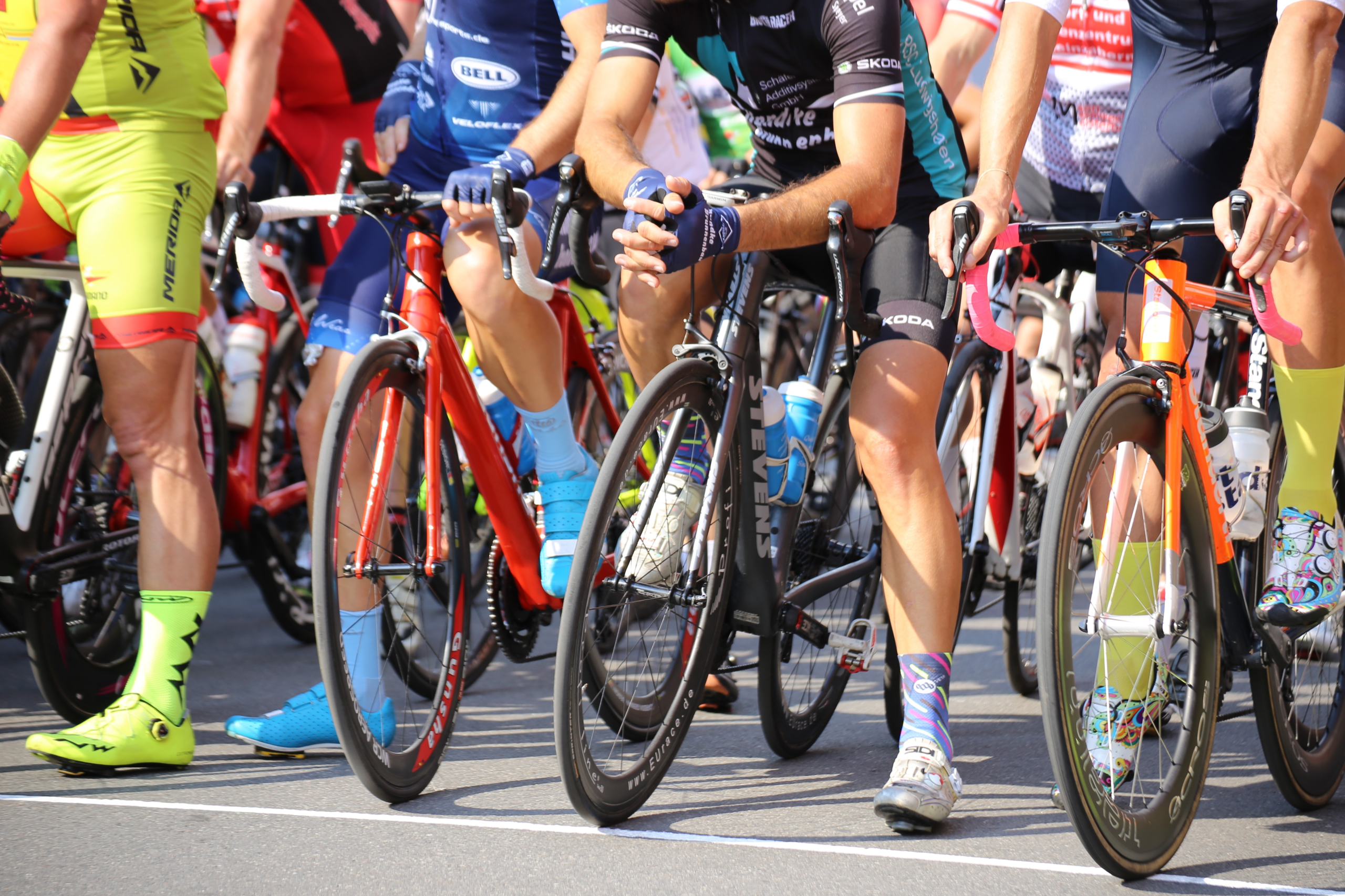Bike fitting is essential for maximising performance and minimising injury risk. One of the most common questions we get asked is ‘how high should my saddle be?’
Dan Boyd – our expert cycling physio – shares his thoughts on this commonly asked question:
My answer is more often than not, ‘lower than you think!’ and this is why…
- Aerodynamics – Lower the saddle height, generally the better ‘aero’ position you have and less air to push out of the way when cycling.
- Performance – The widely accepted knee bend range is between 35° and 45°, measured in the ‘BDC (Bottom Dead Centre) position (6 o’clock) on your pedal stroke. Think of a bicep curl – you are so much stronger in your ‘mid-range’ rather than when your arm is dead straight.
- Injury – overextending your knee will place extra pressure on your hamstring, hip flexors, adductor and ITB insertions, also even your calf (the calf is more active than you think!). This is a commonly seen error in the clinic and can cause a range of injuries when cycling.
- Cadence (number of revolutions per minute). It is widely accepted now that a higher cadence is the most efficient method of generating power, 80-90 rpm is about right.
Obviously, if you are too high on the saddle the pedal stroke is longer and the correct cadence is much harder to achieve. The argument you can generate more power through a longer pedal stroke is a myth! This is targeted most with the ‘KOPS’ (knee over pedal spindle) position.
For a more accurate measurement, perfect positioning and personal touch, come and see me in the clinic for video analysis, Watt measurements and a comprehensive and detailed assessment!
At Complete Physio – we have Dan Boyd, a Physiotherapist that specialises in Clinical Bike Fitting and Injury Prevention. Using Gebiomized® 3D motion capture and analysis technology, along with his 12 years of clinical experience, Dan can recommend the best bike position for your performance and injury prevention.
Dan will also provide a movement screening using Hand Held Dynamometry (HHD) and Goniometry before you even get on your bike so that your own mechanics and potential imbalances can be objectively noted, incorporated and accounted for in your Bike Fit.
Read Dan’s top 3 exercises to prevent injuries on your bike. The exercises only take 4 minutes!
To make an appointment please call 020 7482 3875 or email info@comple-physio.co.uk.
Happy Cycling!
Don’t let pain hold you back, book now!



